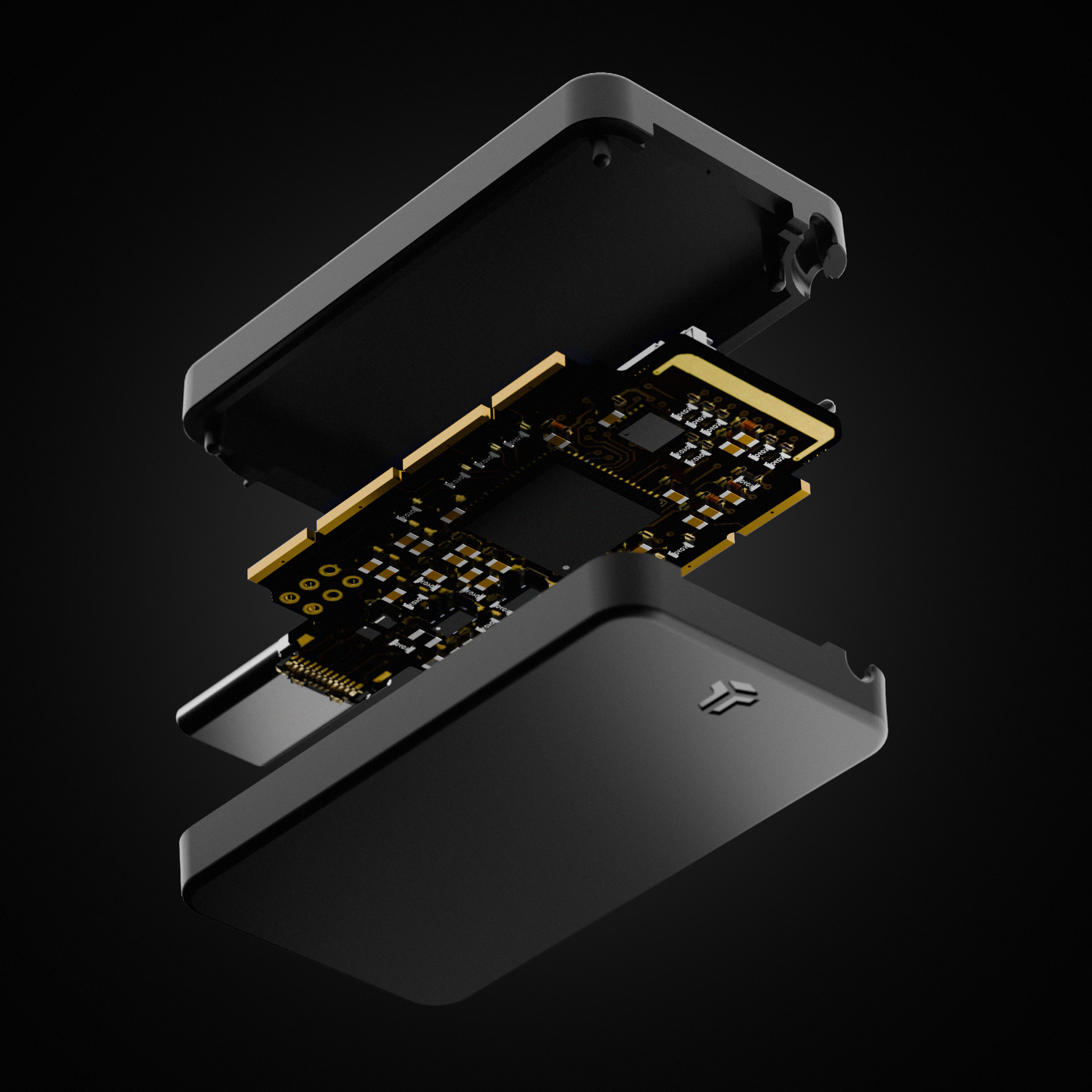Otoy releases OctaneRender 2025.1
Originally posted on 3 December 2024 for the beta, and updated for the stable release. Otoy has released OctaneRender 2025.1, the next major version of the GPU production renderer. Key features in the release include a new decal system, support for rest attributes for better texture projection onto animated meshes, and a new camera node mimicking real-world lenses. The update also introduces a new Octane Server node for rendering elements of a scene on remote instances, and integration of Otoy’s Render Network inside the software. Many of the new features were previously scheduled for OctaneRender 2024.2, while other features previously announced have now been moved to OctaneRender 2026.1. https://www.cgchannel.com/wp-content/uploads/2024/12/241203_OctaneRender20251_RestAttributes.mp4 New decal system and support for rest attributes for texture projection Key changes in OctaneRender 2025.1 include support for rest attributes to reduce distortion when projecting textures onto animated meshes that do not have existing UVs. When rest attributes are enabled, OctaneRender uses rest vertex positions and normals to calculate UV co-ordinates. The update also introduces a native decal system, for projecting textures onto mesh geometries within a scene, particularly to add surface patterns, or to add dirt and damage effects. Use texture-based displacement on Vectron primitives and volumes Other new features in OctaneRender 2025.1 include the Vectron displacement node. It makes it possible to use texture maps to displace Vectron primitives and volumes created using the Volume SDF node. It works “in real time, at any scale”, and is compatible with “complex SDF trees” or the Mesh Volume node. New realistic lens camera node recreates real-world lens effects The update also introduces a realistic lens camera node, which mimics the optical properties of real-world camera lenses, including Bokeh, optical vignetting and barrel distortion. The original beta release notes listed 16 real-world lenses that it can reproduce, although they aren’t namechecked in the final announcement. New Octane Server node and access to the Render Network from within OctaneRender For rendering, a new Octane Server node makes it possible to render another scene on a remote instance and use the result as an AOV or texture in your current scene. It is still an experimental feature, and currently works in the Standalone edition of the software, and only on Windows. The remote instance can be another instance of the Standalone edition of OctaneRender, or a “separate Octane Server app”. In addition, the release makes the Render Network, Otoy’s distributed online GPU rendering service, available directly within OctaneRender. Users can upload scenes and check the progress of render jobs from inside the software. Updates to existing features The release also includes updates to existing features, including the Chaos Texture node, which scatters a texture randomly across a surface. It is now possible to use a texture map or procedural noise to distort the scattering pattern, and to use texture projection types other than the mesh UVs. There are also 11 new blend modes for output AOV layers, including Hue, Saturation, Color, Luminosity, Hard Mix, Linear Light, Vivid Light and Pin Light. Better performance on M3 and M4 chips in Octane X Mac users also get improved performance in Octane X, the Metal-native edition of the software. The update improves hardware acceleration on current Apple M3 and M4 chips, adding support for non-triangle primitives, including hair, particles and analytic lights. The test scene shown in the release thread on the Otoy forum shows a 1.5x increase in render speed over OctaneRender 2024.1 on a top-of-the-range M4 Pro chip, although Otoy says that the speed boost is smaller on less complex scenes. Features that haven’t made it into OctaneRender 2025.1 Most of the key features in OctaneRender 2025.1 were previously scheduled for OctaneRender 2024.2, which has now morphed into the 2025.1 release. The only feature announced for 2024.2 not to be included is the Neural Filters system, intended to make it possible to “use neural filters from Stability AI and other providers directly in [a] scene”. It has now been moved to a separate experimental build of the software, OctaneRender 2026.1, along with other previously announced – and, in some cases, much-delayed – features including meshlet streaming, native support for MaterialX, and rendering of 3D Gaussian Splats. Price and system requirements OctaneRender is compatible with Windows 10+ and Linux, and requires a CUDA 10-capable NVIDIA GPU. Octane X is compatible with macOS 14.5+ on Macs with Apple M1 and later processors, and with iPadOS 17.0+ on devices with A12 Bionic and later chips. The software is rental-only, via Otoy’s Studio+ subscriptions, which cost €23.95/month or €239.88/year, and which include integration plugins for 21 DCC applications, plus a range of third-party software. Otoy also provides free ‘Prime’ editions of both OctaneRender and Octane X, which are limited to rendering on a single GPU, and which come with a smaller set of DCC integration plugins. Read a full list of new features in OctaneRender 2025.1 on Otoy’s forum Have your say on this story by following CG Channel on Facebook, Instagram and X (formerly Twitter). As well as being able to comment on stories, followers of our social media accounts can see videos we don’t post on the site itself, including making-ofs for the latest VFX movies, animations, games cinematics and motion graphics projects.


